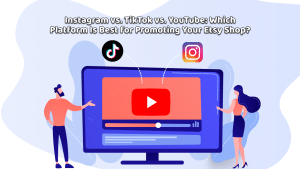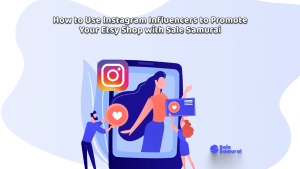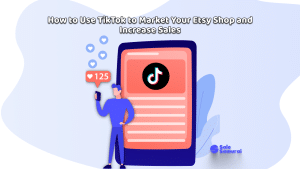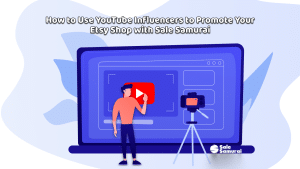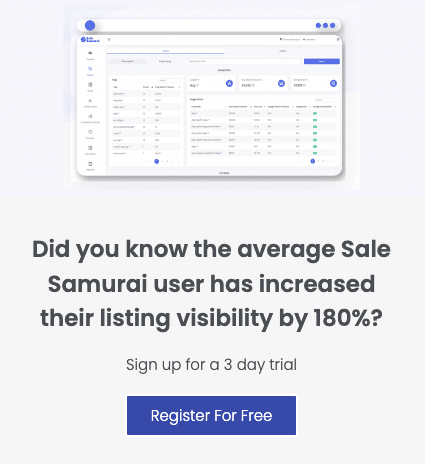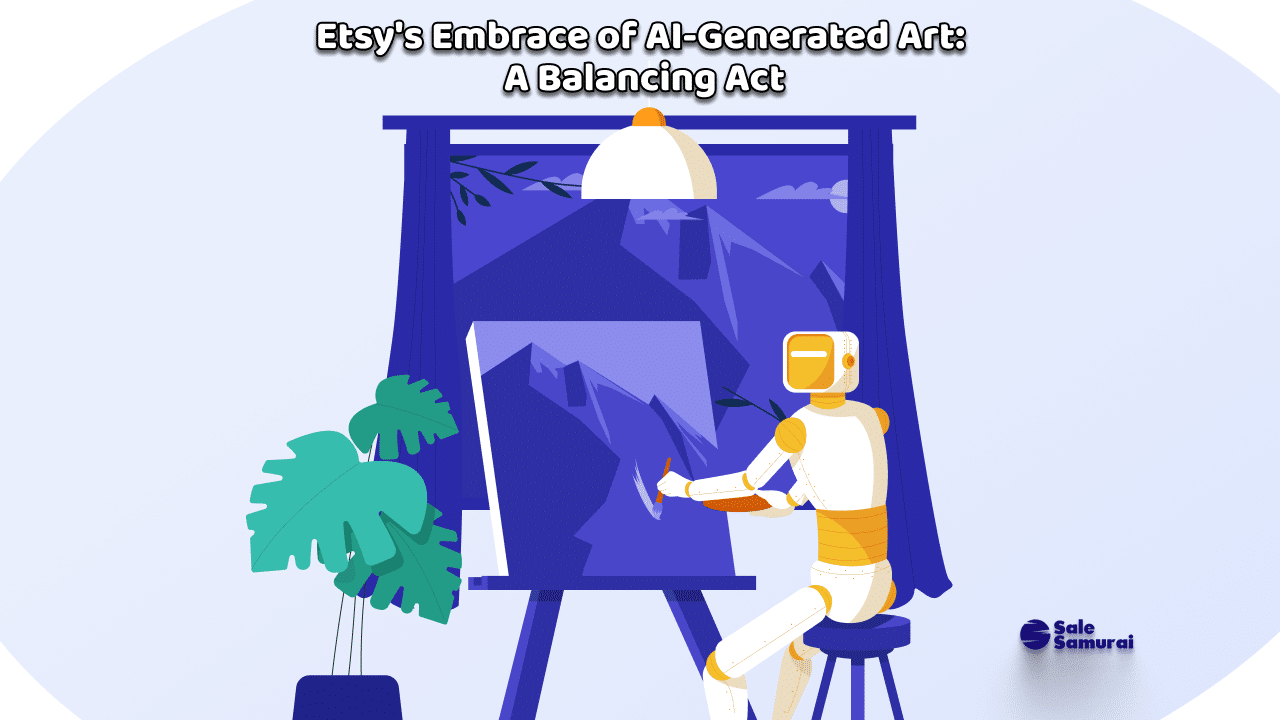
Etsy, the renowned online marketplace for handmade and vintage goods, has recently taken a controversial step by allowing AI-generated art on its platform. This decision, while progressive, is laden with complexities and challenges that both excite and concern the Etsy community. As AI tools like Midjourney and Stable Diffusion become increasingly popular, Etsy’s move to integrate AI art while maintaining its handcrafted ethos marks a significant shift in the platform’s policy and philosophy.
The Evolution of Etsy’s Policies
Etsy has traditionally been a haven for artisans and vintage collectors. The platform’s core appeal lies in its emphasis on unique, handmade items that stand out from mass-produced goods found on other e-commerce sites. However, the inclusion of AI-generated art represents a nuanced evolution in Etsy’s policies. Sellers are now permitted to use AI tools to create art, provided they disclose this use in their listings. Additionally, while the sale of AI-generated artwork is allowed, Etsy prohibits the sale of AI prompts alone. This policy aims to maintain a balance between innovation and authenticity.
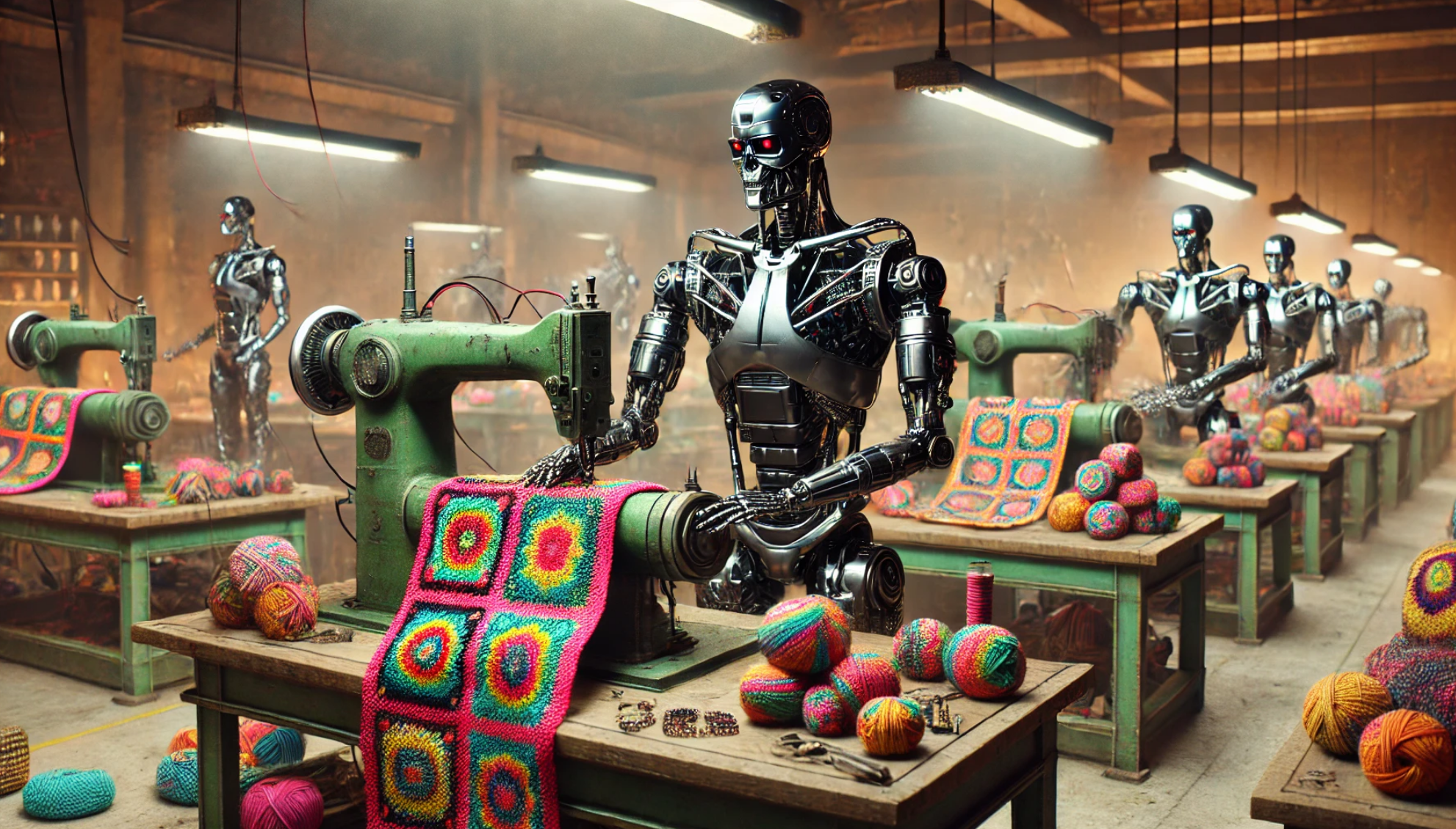
This change is not without precedent. In 2013, Etsy allowed sellers to use outside production assistance, which opened the doors to a wider range of products but also invited criticism. Many felt this shift diluted the handmade integrity of the marketplace. More recently, the platform faced backlash during a 2022 seller strike, where creators protested rising fees and the influx of mass-produced items, which they felt undermined the quality and originality that Etsy promised.
Etsy’s new policy introduces specific labels to categorize products based on the seller’s involvement:
- “Made by”: Items crafted, altered, or assembled by the seller.
- “Designed by”: Original designs by the seller, including AI-generated art, offered as digital downloads or produced by third parties.
- “Sourced by”: Craft supplies and items that enable buyer creativity.
- “Handpicked by”: Vintage items, nature items, and curated collections.
These labels are intended to provide clarity and transparency for buyers, ensuring they understand the level of human involvement in the creation of each product. By mandating that AI use be disclosed, Etsy hopes to preserve its reputation as a marketplace for human creativity, even as it embraces technological advancements.
The Impact on Artists and Sellers

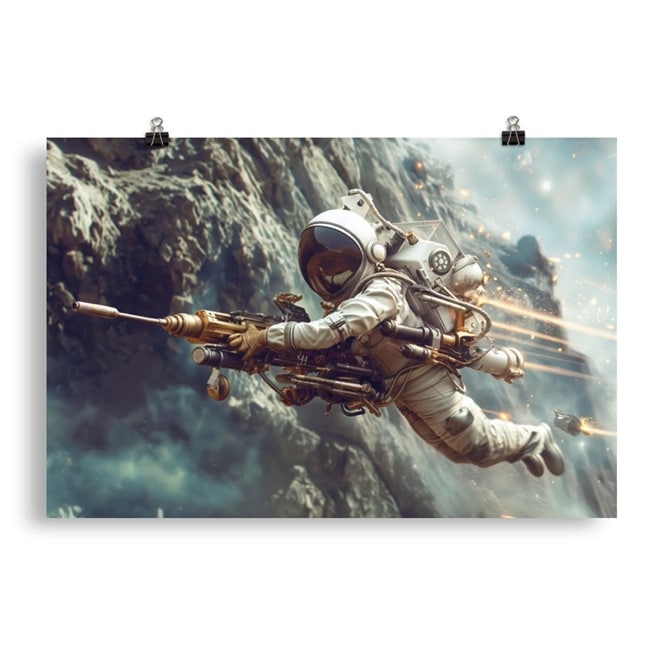
For artists and sellers, Etsy’s new policy on AI-generated art presents both opportunities and challenges. On one hand, AI tools can significantly streamline the creative process, allowing artists to generate new ideas and create products more efficiently. For instance, an illustrator might use AI to brainstorm concepts, or a pattern designer could employ these tools to produce multiple design variations quickly.
However, transparency is crucial. Artists must disclose their use of AI, which might affect buyer perceptions. There is also the risk of increased competition from sellers who mass-produce AI-generated designs, potentially flooding the market with lower-quality artwork. The prohibition on selling AI prompts separately is intended to curb this, but its effectiveness remains to be seen.
Moreover, the integration of AI into the creative process raises ethical questions. AI tools can mimic the styles of well-known artists, which has led to concerns about originality and intellectual property. Some artists worry that their unique styles could be replicated by AI, diminishing the value of their work and making it harder to compete.
The Broader Context of AI in Creative Industries
Etsy’s decision comes at a time when the role of AI in creative industries is under intense scrutiny. AI-generated art has sparked debates about originality, authenticity, and the value of human creativity. By allowing AI-generated art but not the sale of prompts, Etsy is navigating a complex landscape where technology and traditional craftsmanship intersect.
This policy could set a precedent for other platforms. Competitors like Society6, Redbubble, and Zazzle may look to Etsy’s approach as a model for integrating AI while maintaining a commitment to handmade and original items. However, the true test will be whether Etsy can successfully balance innovation with its foundational principles.
The New Ad Campaign: Reinforcing the Human Touch
Anticipating potential backlash, Etsy has launched a new advertising campaign to reinforce its commitment to human creativity. The campaign, featuring TV commercials, billboards in major cities, and social media posts, aims to highlight individual creators and the unique, handmade nature of their products. This is a strategic move to reassure both sellers and buyers that Etsy remains dedicated to its mission of “keeping commerce human.”
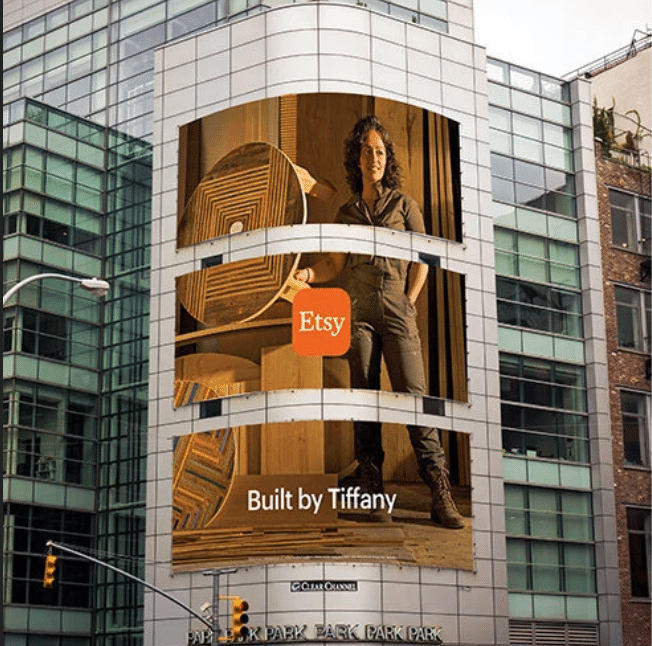
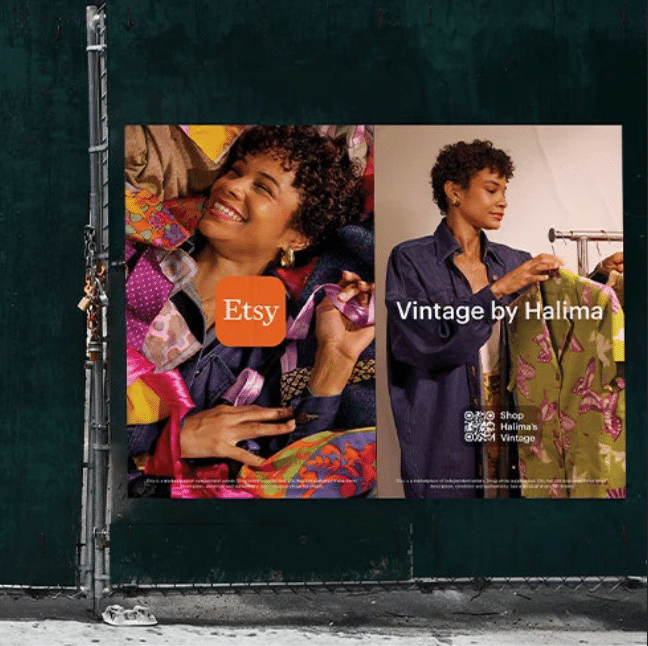
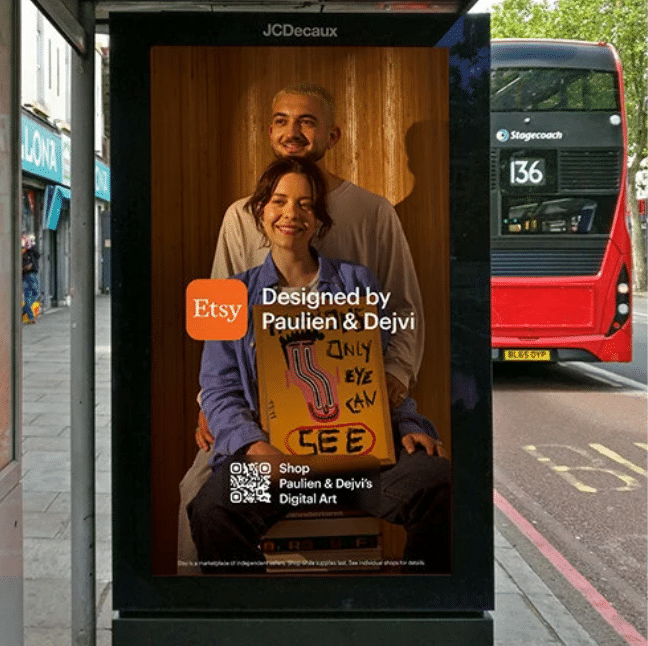
Brad Minor, Etsy’s new Chief Brand Officer, emphasized the importance of showcasing the creativity and personal touch that goes into each product. The campaign’s slogan, “What does a robot know?”, juxtaposes the human element against the impersonal nature of AI, reinforcing Etsy’s identity as a platform for authentic, handcrafted goods.
The Historical Context and Seller Strikes
Etsy’s relationship with its sellers has been tumultuous. In 2015, the company updated its policies to allow sellers to work with outside manufacturers. This move was controversial as it seemed to betray the site’s artisanal roots. The change led to an influx of mass-produced items and resellers on the platform. Investigations revealed a growing problem of knockoffs and dropshipping, where sellers purchase cheap items from places like AliExpress and resell them at a markup on Etsy, without disclosing this to buyers.
The tension reached a boiling point in April 2022, when Etsy sellers worldwide went on a week-long strike, putting their shops in “vacation mode” to protest Etsy raising transaction fees from 5% to 6.5%. Sellers were frustrated with the fee hike on top of other costs like listing fees, payment processing, and advertising — all while the platform’s quality continued to deteriorate. This strike was not just about fees but also about the increasing presence of mass-produced items and the dilution of Etsy’s handmade ethos.
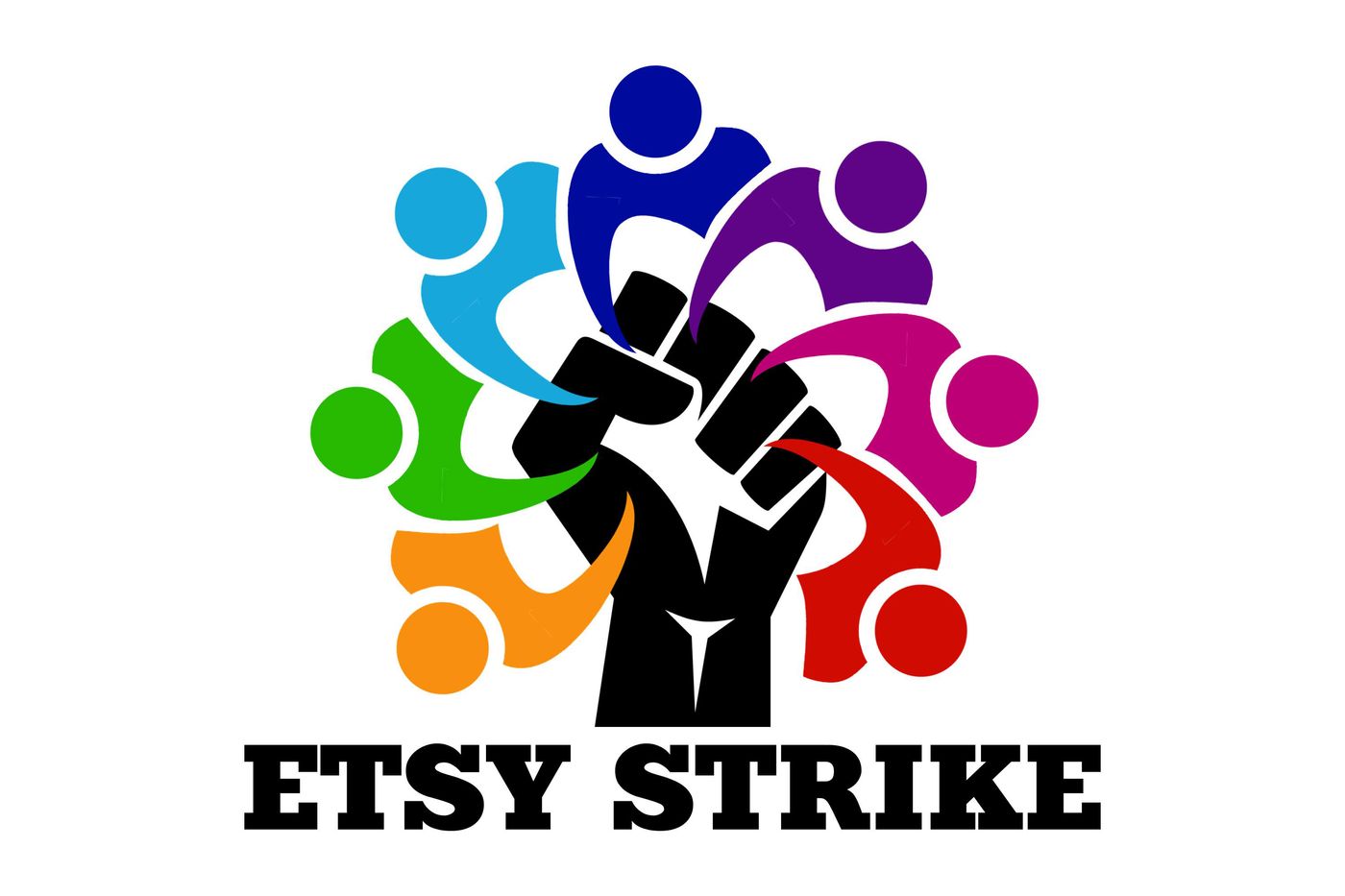
Sellers voiced their concerns about the influx of mass-produced goods during the strike, demanding that Etsy address the issue. The platform’s response was to introduce measures to remove listings that violated its policies, but the problem persisted, leading to ongoing dissatisfaction among sellers.
The Future of AI on Etsy: Opportunities and Challenges
As Etsy navigates the integration of AI-generated art, it faces both opportunities and challenges. For artists and sellers, AI tools can be powerful allies in the creative process. They can help generate new ideas, create products more efficiently, and expand the range of what is possible. For example, an illustrator could use AI to experiment with different styles and compositions, while a pattern designer could generate multiple variations quickly.
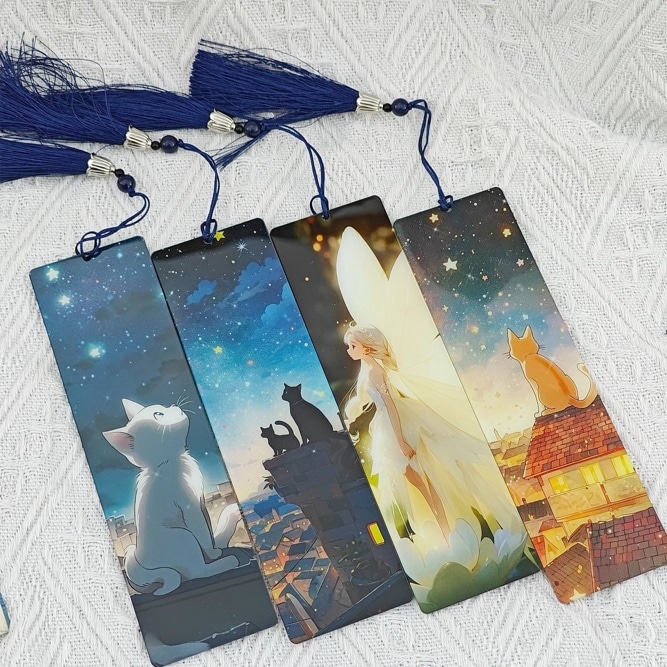

However, the integration of AI also raises significant challenges. Artists must be transparent about their use of AI, which could affect buyer perceptions. There is also the risk of increased competition from sellers who mass-produce AI-generated designs, potentially flooding the market with lower-quality artwork. The prohibition on selling AI prompts separately is intended to curb this, but its effectiveness remains to be seen.
Etsy’s policy could set a precedent for other platforms, influencing how they handle AI-generated art. Competitors like Society6, Redbubble, and Zazzle may look to Etsy’s approach as a model for integrating AI while maintaining a commitment to handmade and original items. However, the true test will be whether Etsy can successfully balance innovation with its foundational principles.
Conclusion: Navigating the Future of Etsy
Etsy’s embrace of AI-generated art marks a significant shift in its policy, reflecting broader trends in the creative industries. By allowing AI art but prohibiting the sale of prompts, Etsy is attempting to balance technological innovation with its commitment to handmade, original items. This move presents both opportunities and challenges for artists and sellers, who must navigate a landscape where AI tools can both enhance and complicate the creative process.
The new labels and advertising campaign are efforts to maintain transparency and reassure the community of Etsy’s dedication to human creativity. As the platform continues to evolve, it will need to carefully manage the integration of AI to preserve its unique identity and support the artists and sellers who have made Etsy what it is today.
In summary, Etsy’s policy on AI-generated art is a bold step into the future, one that will require continuous adaptation and dialogue with its community. The platform’s ability to maintain its artisanal roots while embracing new technologies will be crucial in defining its success in the years to come.
By embracing AI-generated art, Etsy is opening new doors for creativity and innovation. However, the platform must also remain vigilant in protecting the interests of its traditional artisans and maintaining the integrity of its marketplace. As the landscape of online commerce continues to evolve, Etsy’s ability to balance these competing interests will determine its future success.
